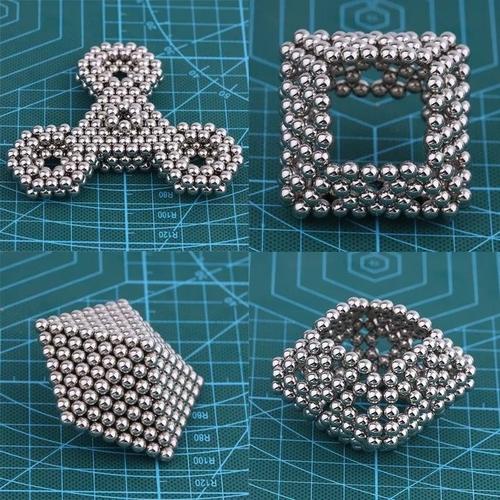Anything You Should Know About NdFeB magnets
1. What are the applications of Nd-Fe-B magnets?
Neodymium permanent magnets are rapidly developing and widely used because of their excellent properties, abundant raw materials, and reasonable prices. It is mainly used in micro-motor, permanent magnet instruments, electronic industry, automobile industry, petrochemical industry, nuclear magnetic resonance devices, sensors, Halbach Arrays, audio equipment, magnetic levitation system, the magnetic transmission mechanism, and magnetic therapy equipment.

2. What materials are NdFeB made of?
The main materials of the Nd-Fe-B permanent magnet are rare earth metal Nd (32%), metal element Fe (64%), and non-metal element B (1%) (a small amount of Dy, Tb, Co, Nb, Ga, Al, Cu, etc.). Neodymium ternary permanent magnets are based on the Nd2Fe14B compound, whose composition should be similar to that of the Nd2Fe14B compound. However, when the composition of Nd2Fe14B is completely proportioned, the magnetic properties of the magnet are very low, even with no magnetism. It is only when the content of Nd and B in the actual magnet is more than that of the Nd2Fe14B compound that better permanent magnet performance can be obtained.
3. How long can the magnetic properties of NdFeB last?
Neodymium magnets have high coercivity, and there will be no demagnetization and magnetic changes in the natural environment and general magnetic field conditions. Assuming that the environment is suitable, the magnetic properties of the magnet will not be greatly damaged even after a long time of use. So in practical applications, we often neglect the influence of time factors on magnetic properties.
4. What is the direction of the rare earth magnet?
The direction in which the magnet with anisotropic orientation can obtain the best magnetic properties is called the orientation direction of the magnet. The magnet is divided into:
a. Isotropic magnets: magnets with the same magnetic properties in any direction
b. Anisotropic magnets: The magnetic properties will be different in different directions, and there is a direction, i.e. orientation direction, in which the magnets with the highest magnetic properties are obtained. Sintered NdFeB permanent magnets are anisotropic magnets, so it is necessary to determine the orientation (magnetizing direction) before production.
5. Factors affecting the magnetism of neodymium magnets
Because sintered NdFeB is very sensitive to working temperature, the instantaneous maximum temperature and the continuous maximum temperature of the environment may produce different degrees of demagnetization for magnets, including reversible and irreversible, recoverable and irreversible.
6. What is the working temperature range of neodymium magnets?
The temperature limitation of Nd-Fe-B magnets has led to the development of a series of grades of magnets to meet different operating temperature requirements. Please refer to our performance catalog to compare the operating temperature ranges of different grades of magnets. It is necessary to confirm the maximum operating temperature before selecting neodymium magnets.